
Internal structure of Monocot stem
Anatomical structure of Monocot Stem: T.S. of a monocot stem shows the following anatomical features: Epidermis: It is the single outermost layer composed of small, […]

Anatomical structure of Monocot Stem: T.S. of a monocot stem shows the following anatomical features: Epidermis: It is the single outermost layer composed of small, […]
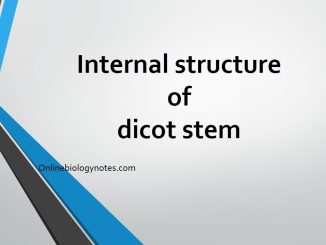
Anatomical structure of dicot stem T.S. of dicot stem shows following internal features: Epidermis: It is the outermost layer and has a single layer of […]

Anatomical structure of the dicot root: T.S. of dicot root (sunflower, Bean and pea) shows following internal structures: Epiblema: It is also termed as rhizoderm […]
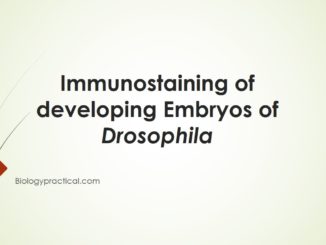
Embryonic development of Drosophila A series of rapid nuclear cycles takes place during the first few hours of Drosophila development, some of cycles take as […]
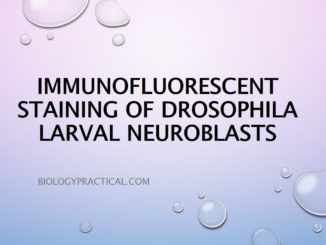
Larval neuroblasts The larval brain is the tissue of choice for the study of cell division during late development. Most mitotic mutants of Drosophila have […]
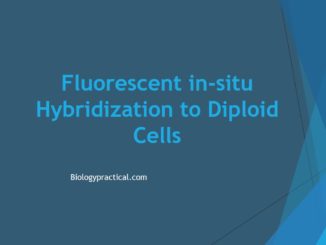
Protocol of in-situ hybridization In situ hybridization to diploid cells serves in mapping and characterizing the behaviour of heterochromatic sequences of Drosophila, which are both […]

Polytene Chromosomes preparation Dissect out salivary glands from third-instar larvae in 0.7% NaCl. Transfer the salivary glands to a drop of 45 % acetic acid […]

Modified in-situ hybridization The modification is seen in the detection system, which is based on a fluorescence signal instead of the coloured precipitate resulted by […]
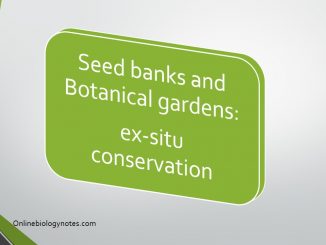
Seed banks: One of the most efficient methods of ex-situ conservation for sexually reproducing plants is the storage of conservation material in form of seeds. […]
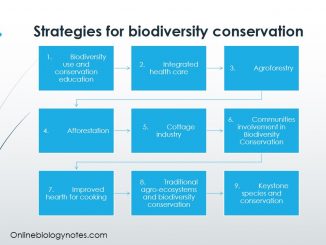
The strategies for biodiversity conservation in Nepalese perspective has been listed below: Biodiversity use and conservation education Integrated health care Agroforestry Afforestation Cottage industry Communities […]
Copyright © 2024 | WordPress Theme by MH Themes